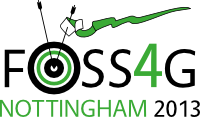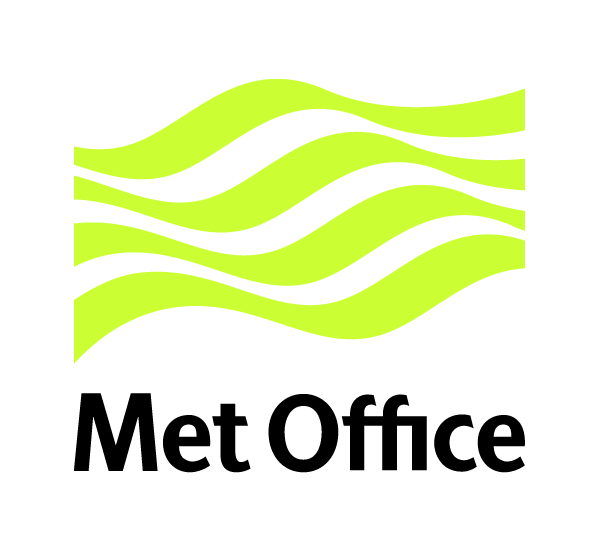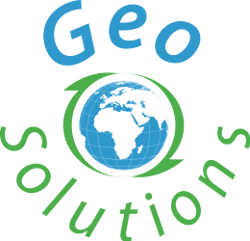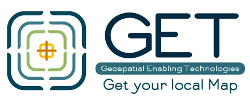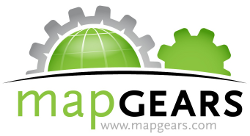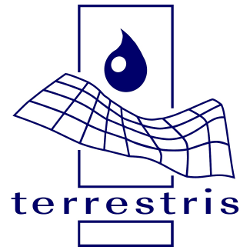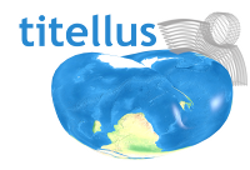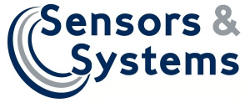Description
River restoration can significantly increase the services provided by a healthy ecosystem, too often neglected by decision makers, such as flood control, groundwater recharge, pollution removal, recreational opportunities, and increased property values due to the increasing demand for more natural surroundings. Conversely, river restoration schemes may imply significant changes in water management and land use and hence negative economic impacts on certain economic activities; it may hamper navigation or agriculture for instance. In order to support river basin planning and decisions in river related policies, it is therefore very important to assess these impacts with appropriate and transparent methods, and weigh them against the benefits foreseen.
We are looking for inspiring ideas to measure or present the benefits of river restoration projects. Currently the River restoration Wiki (link below) is mainly aimed at river restoration professionals and fails to attract other possible stakeholders, for example architects, local people or public bodies. We are open to different approaches to engage different audiences and capture people’s imagination.
This might be achieved using data from different sources (such as census or economic data) or/and adding different functionalities. Could your ideas help to investigate:
- how can we best estimate who or how many people benefit from an improvement measure?
- how can we estimate and compile different kinds of benefits (qualitative or quantitative/economic) from a measure e.g. casual recreation (walking etc), angling, flood risk
- how can we establish better partnership working?
- what do people think of the improvement brought by the restoration projects?
- can the questions above be represented in a visually interesting way (maps, graphs)?
These are some examples of benefits brought by an improved river environment
- Partnership working and better government, regional and local policy
- Economic benefits as improved quality of housing and landscape
- Improved open spaces , sustainable transport – footpaths and cycleways, jogging
- Having a positive impact on people’s health and well-being
- Increasing access to nature and recreation
- Opportunities for education and informal learning about the environment
- Sustaining habitats and species and contributing to biodiversity
- Improving the river corridor and green space networks
- Improved water and soil quality
- Climate change adaptation and reduction in flood risk
- Addressing water quality and improving land drainage
The challenge is very wide, and we would like to highlight that we are happy to see the hackers focus on a small area or cover the overall problem in the way they prefer.
Resources(s)
- OS Open data
- Restoring Europe’s Rivers http://www.restorerivers.eu/
- River restoration wiki with map and project locations http://riverwiki.restorerivers.eu/wiki/index.php?title=Main_Page
- Example of engaging app http://penguin.hodgetastic.com/index.html
- ONS Census 2011 data (Open Government Licence) and relative statistical units
- Index of Multiple Deprivation http://data.gov.uk/dataset/index-of-multiple-deprivation
- Sample of Environment Agency Detailed River Network (shapefile)
- Flood Risk Management Activities
- Environment Agency Datashare (OGC WMS and WFS) Data as canals, protected areas, etc
- Samples of other relevant data will be provided on the day
